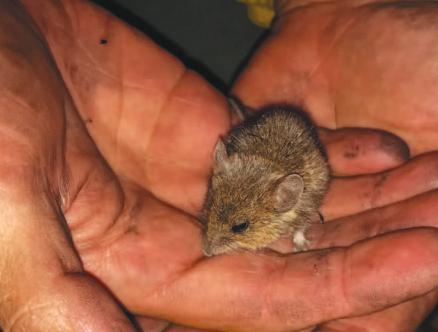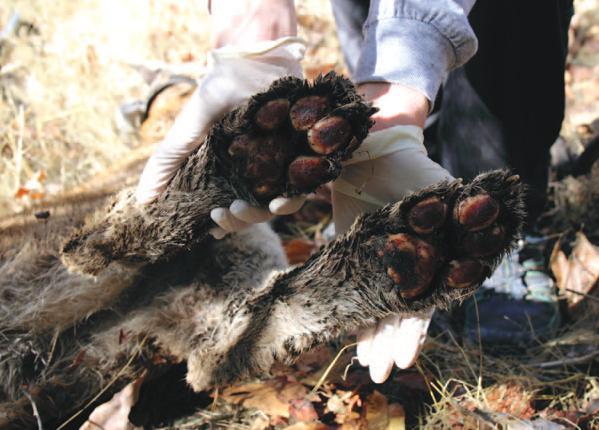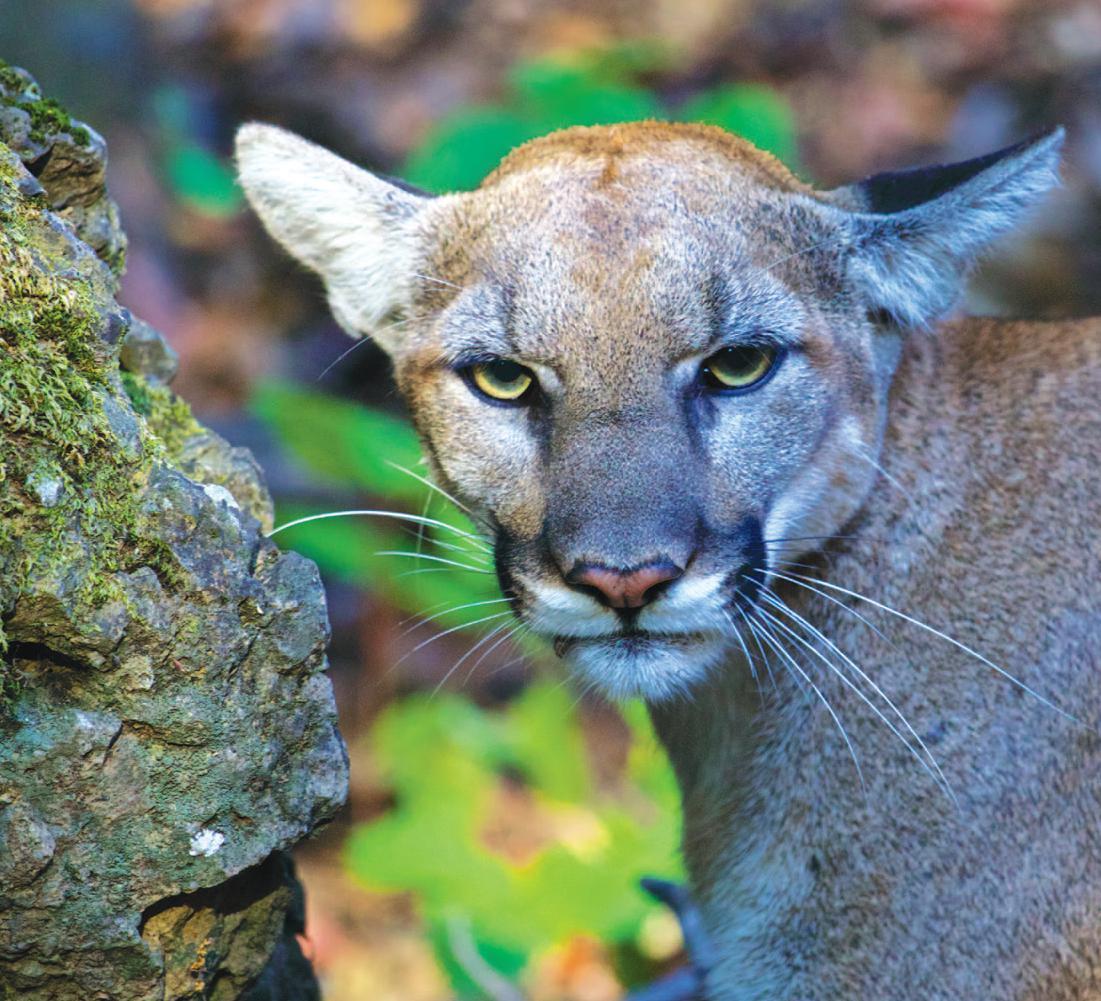
7 minute read
Santa Monica Mountains Fund
santa monica moun Ta I ns F un D
The Santa Monica Mountains Fund is the official non-profit supporting the National Park Service in the Santa Monica Mountains National Recreation Area. The Fund works to protect and encourage appreciation and understanding of the Santa Monica Mountains National Recreation Area. It achieves this by supporting National Park Service efforts in education, science, research, improved facilities, citizen engagement, stewardship and philanthropy.
www.samofund.org

Above: The purple wildflowers are the lupine. There are 82 species of this flower commonly found in the Santa Monica Mountains. Opposite Page: Upper left: Yellow butterfly on mustard. Upper right: Katydid nymph on a California poppy. Bottom left: Tarantula hawk on narrow-leaved milkweed. Bottom right: Swallowtail butterfly on beach sand verbena.
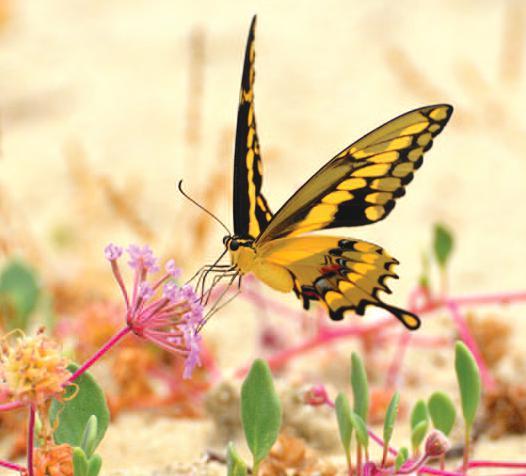
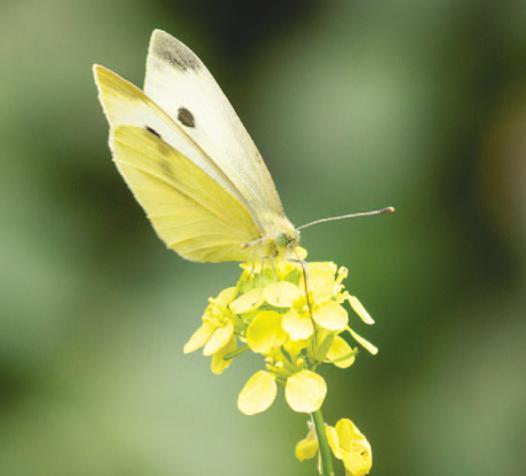
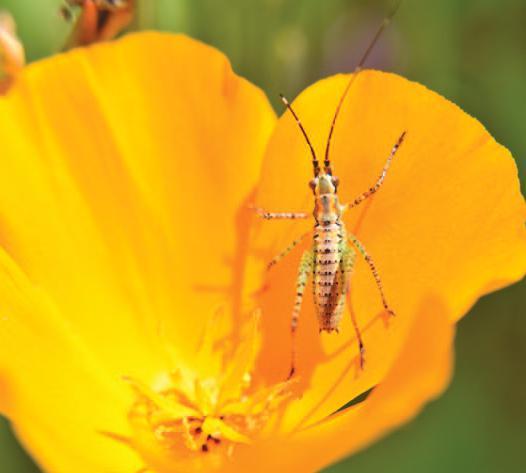

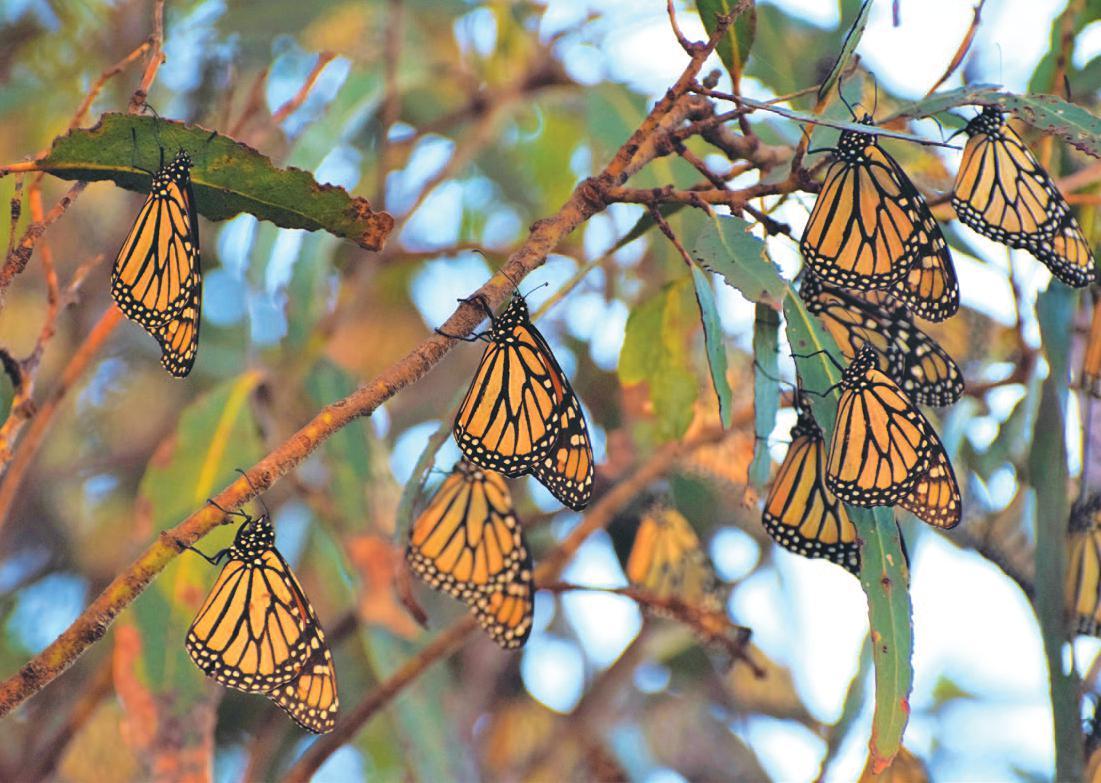
Above: Monarch butterfly populations in California have rebounded thanks to conservation efforts. Opposite page: Monarch butterfly eggs on milkweed. Milkweed is a critical plant for conservation of the Monarch butterfly.
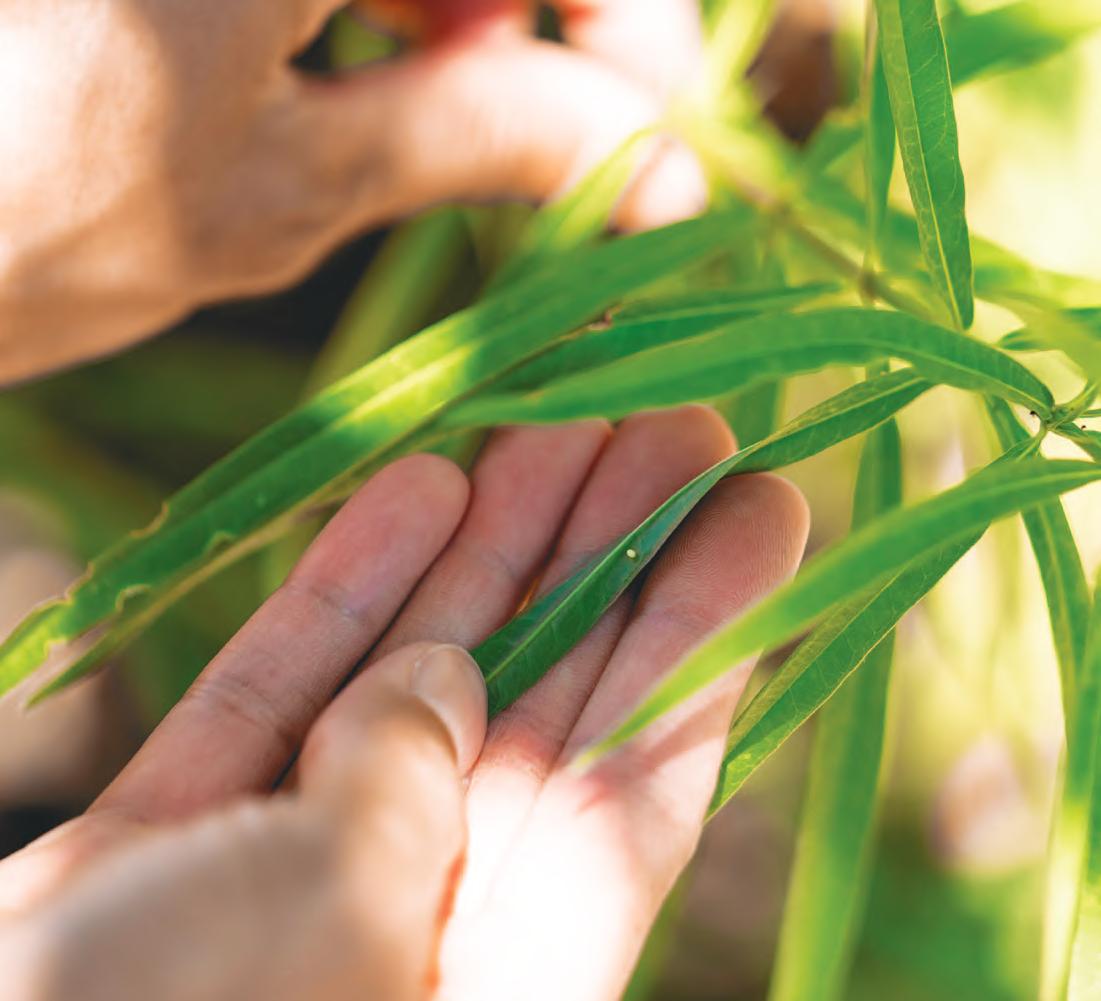
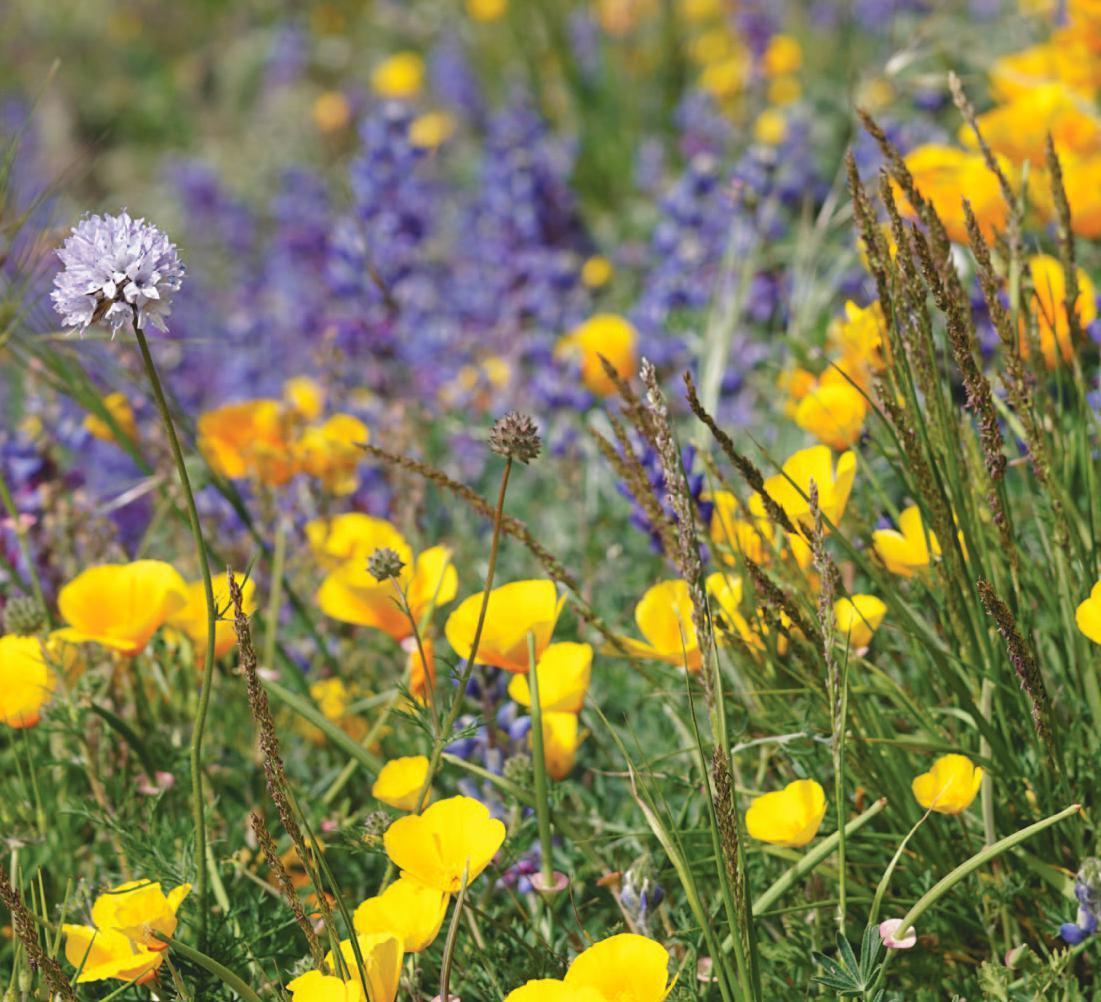
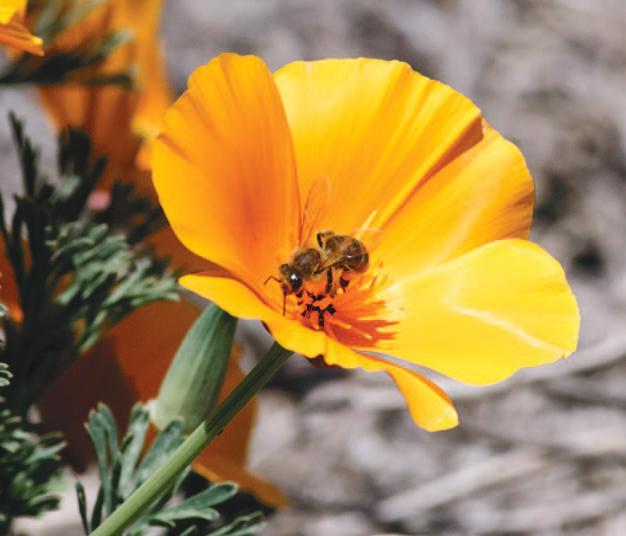

Researchers conduct a census of vegetation along a transect in Point Mugu State Park.

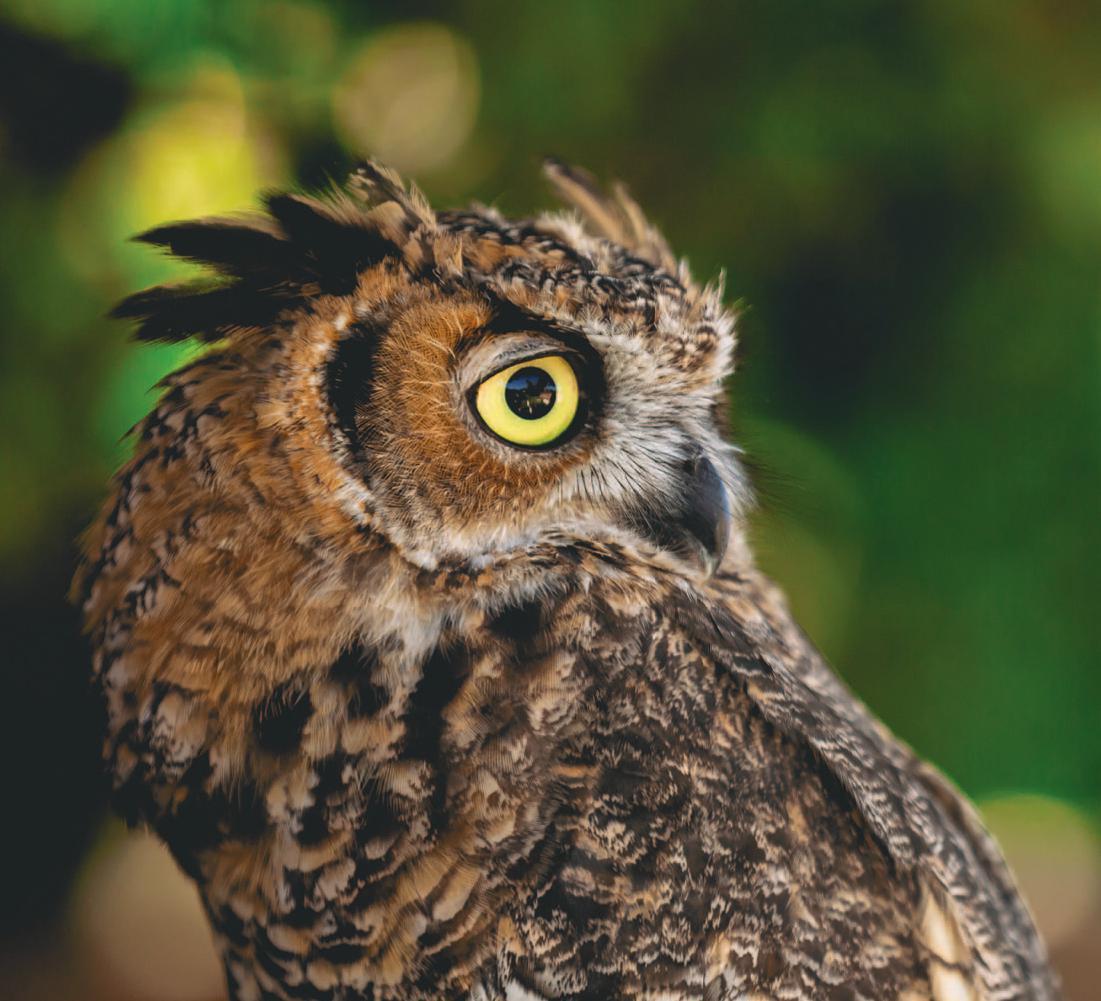
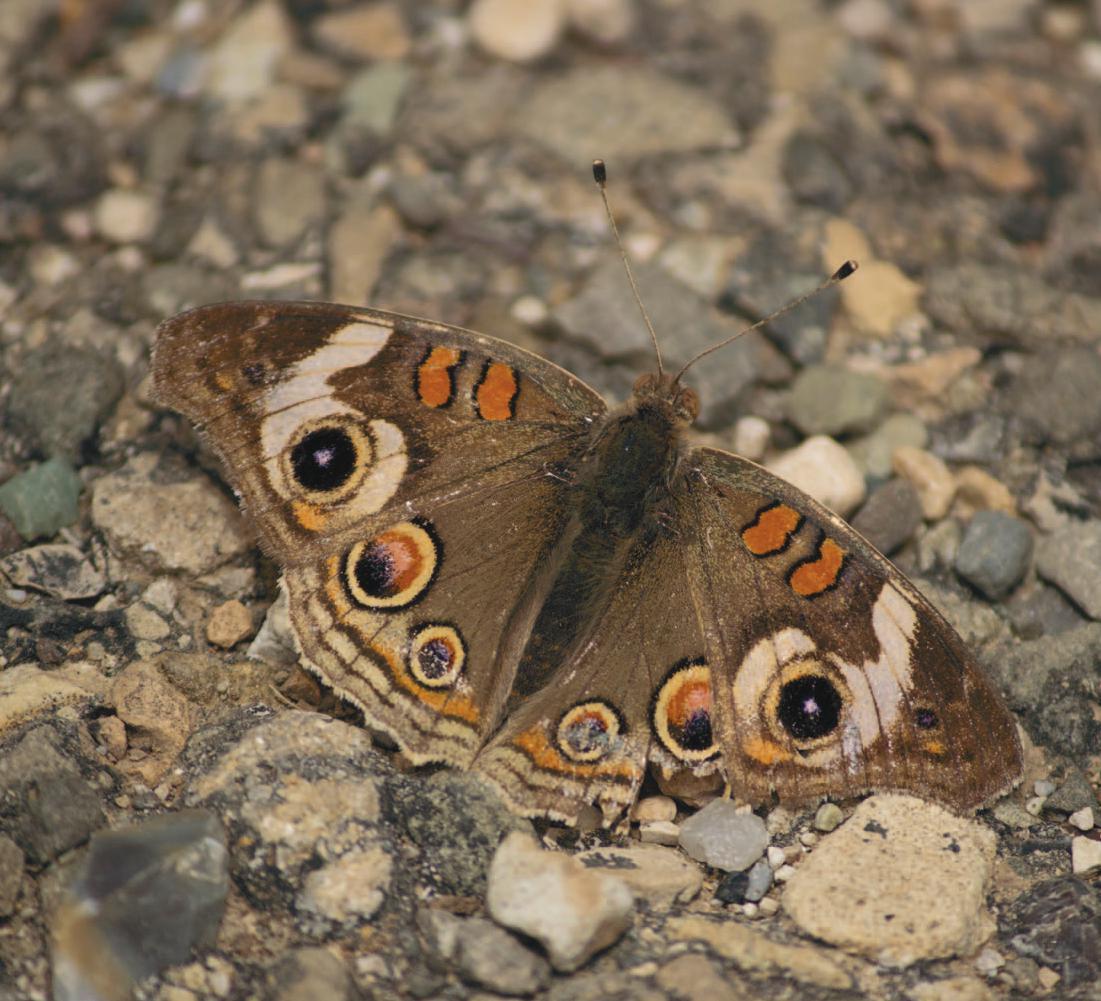

Opposite Page: Lichen, a type of organism known as epiphyte, which is a plant that grows non-parasitically on another plant.
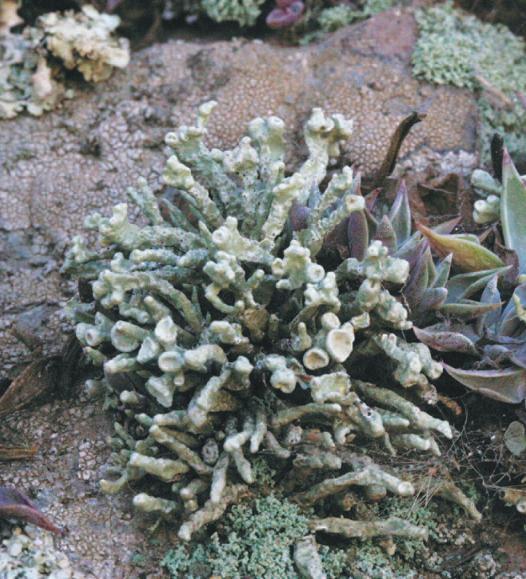

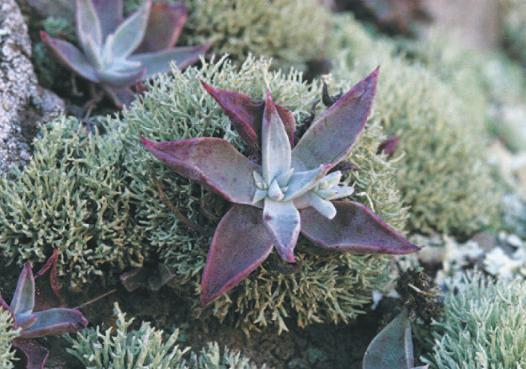
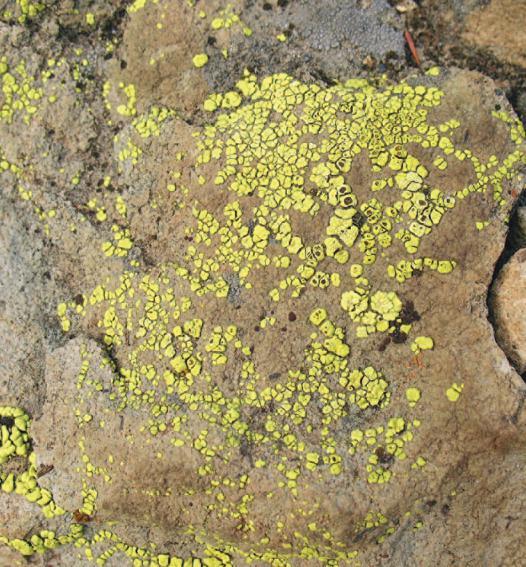
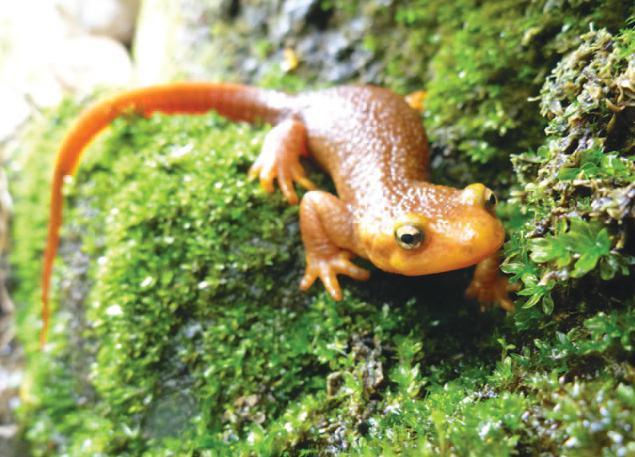
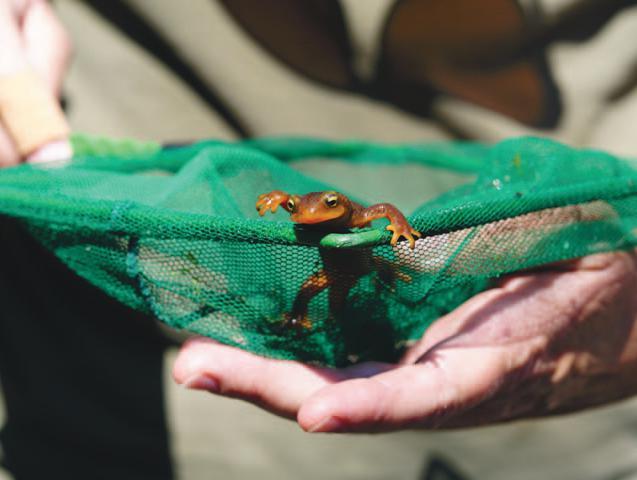
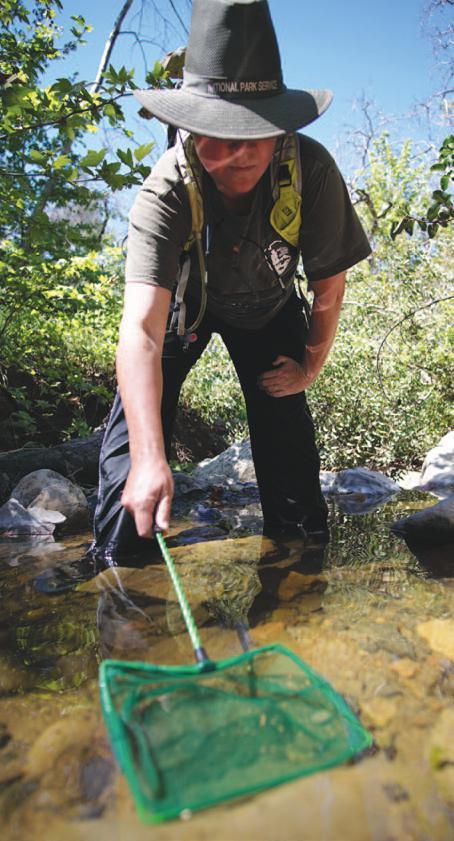
Researchers dip net and collect to observe the California newt. Long-term monitoring of native amphibians helps detect changes over a broad landscape involving multiple watersheds subjected to various levels of urbanization, pollution, and non-native species, which can help to inform resource management decisions and actions.
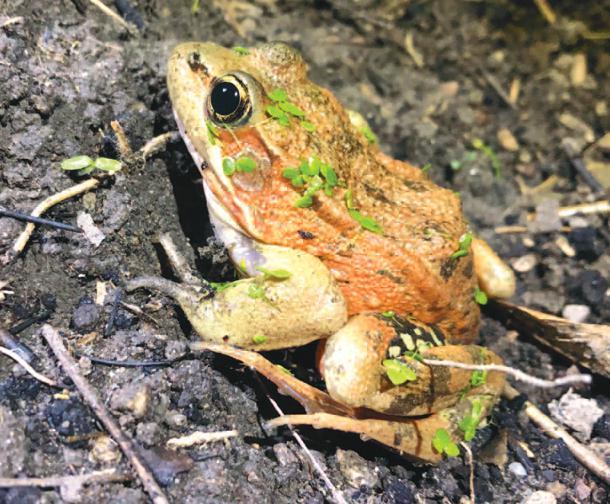
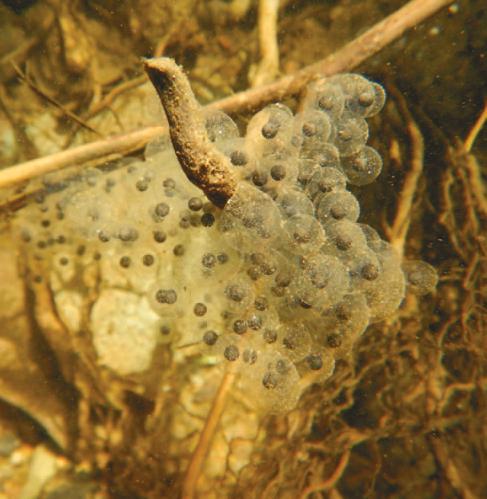
The California red-legged frog was once a common species found in Southern California. The species was eliminated from the Santa Monica Mountains until a reintroduction effort in 2014 revived the population. In March 14, 2017, egg masses were discovered. The rare amphibians had begun to flourish, eating insects and reproducing on their own in two of the four streams spread throughout the mountains.
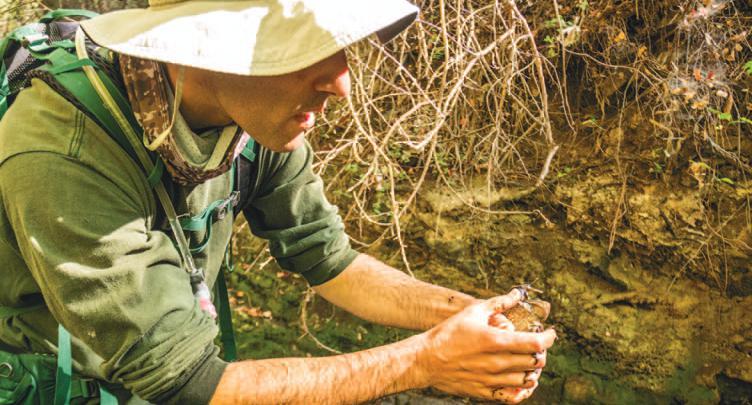
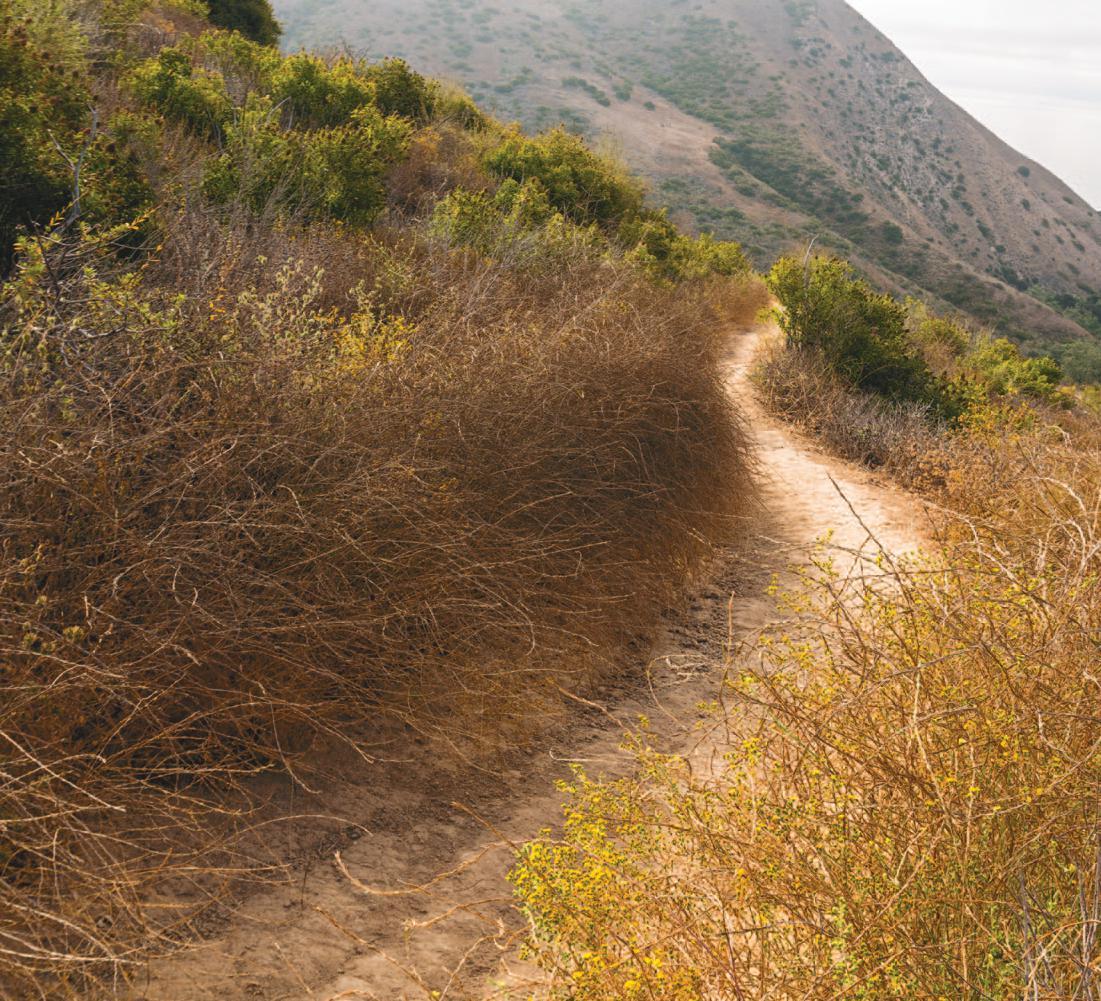
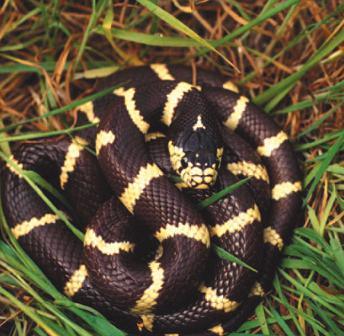
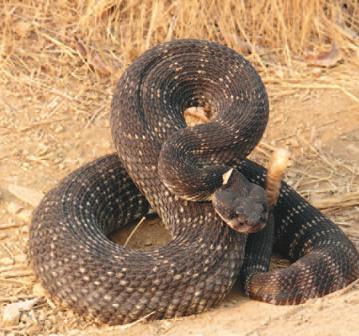
Left: California kingsnake; center: Gopher snake; right: southern Pacific rattlesnake. Only one of these species of snake— the rattlesnake—is dangerous to humans. For your safety, always stay on designated trails and pathways, wear appropriate footwear, and if you encounter a snake in the wild do not approach.
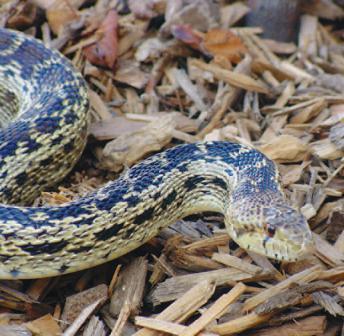
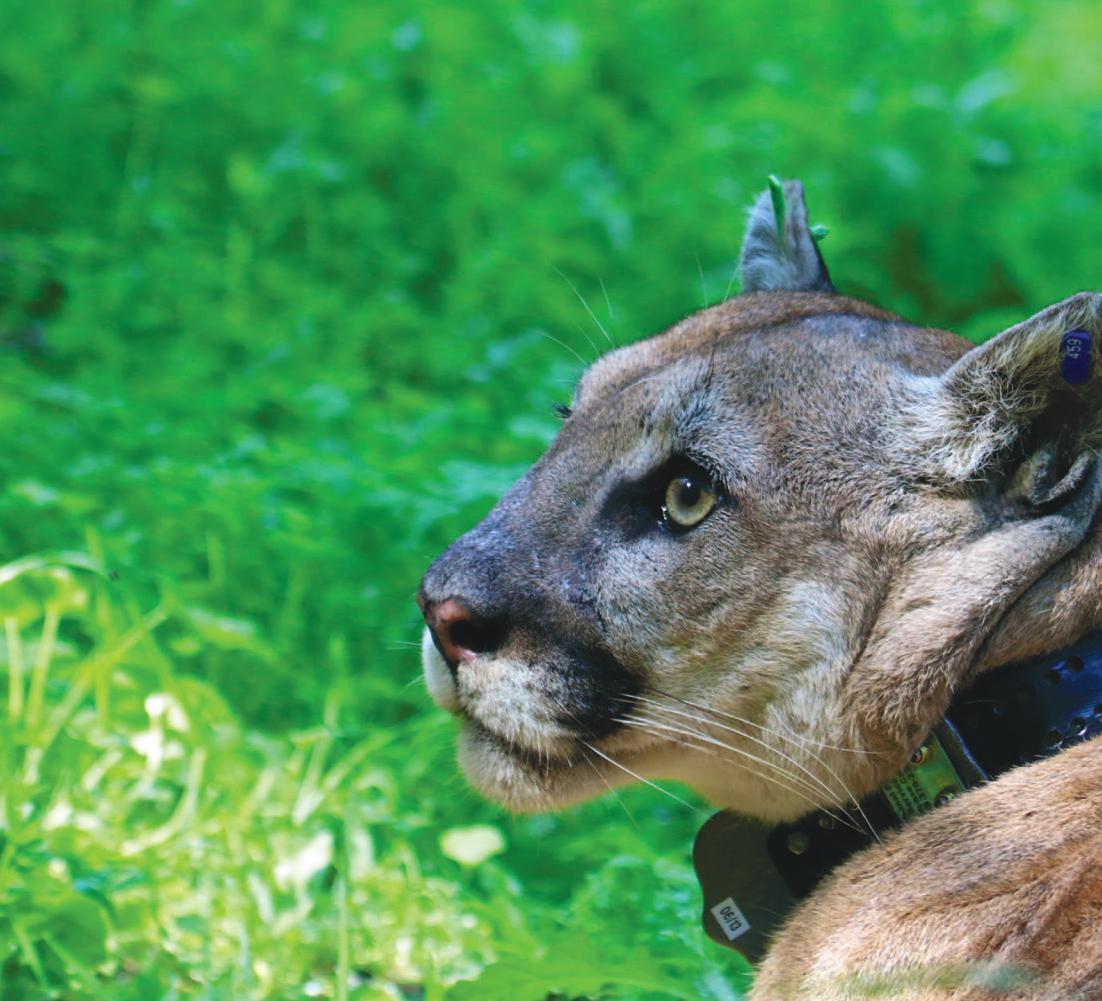
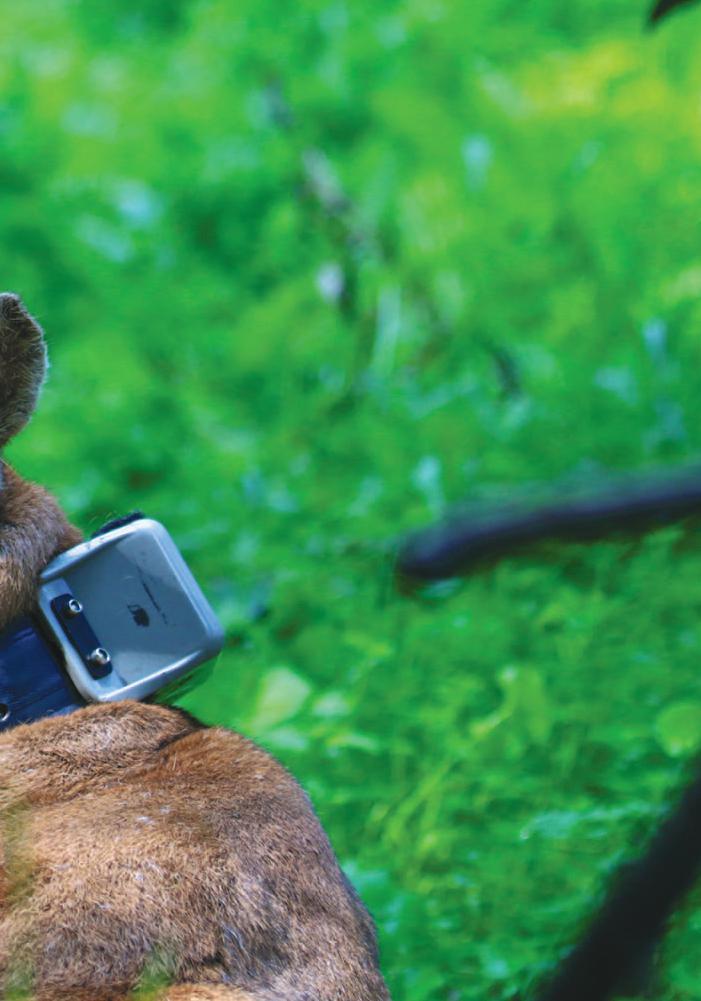
Mountain Lion P-38 is a large male (130 lbs, 3-4 years old in this picture) that was captured to be tracked for an observational study with Caltrans to examine the impact of highways on carnivores.
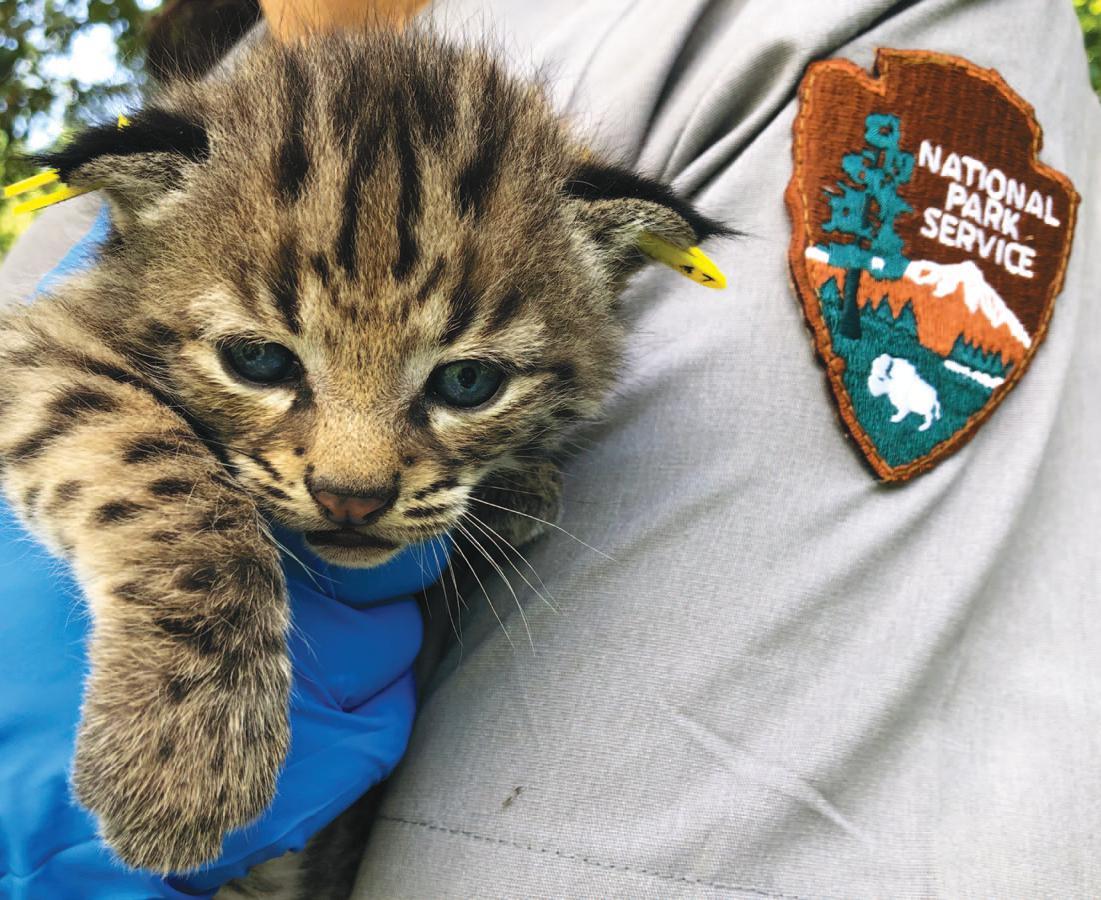

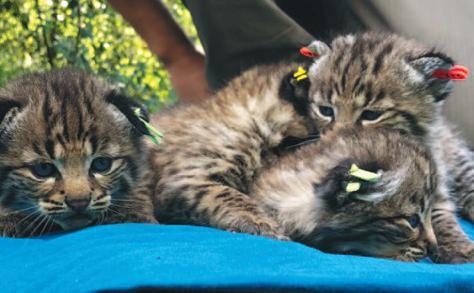
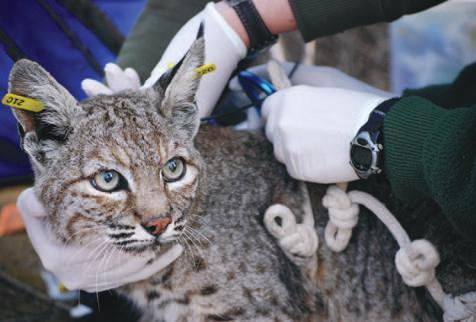
A young Bobcat B-362, that was captured and collared a day before the Woolsey Fire gave birth to four kittens; B-364, B-365, B-366 and B-367. Using VHF radio-telemetry and GPS points from B-362’s collar, biologists from Santa Monica Mountains National Recreation Area located the young Bobcat and her kittens in a dense area of vegetation in a large residential backyard in Westlake Village.
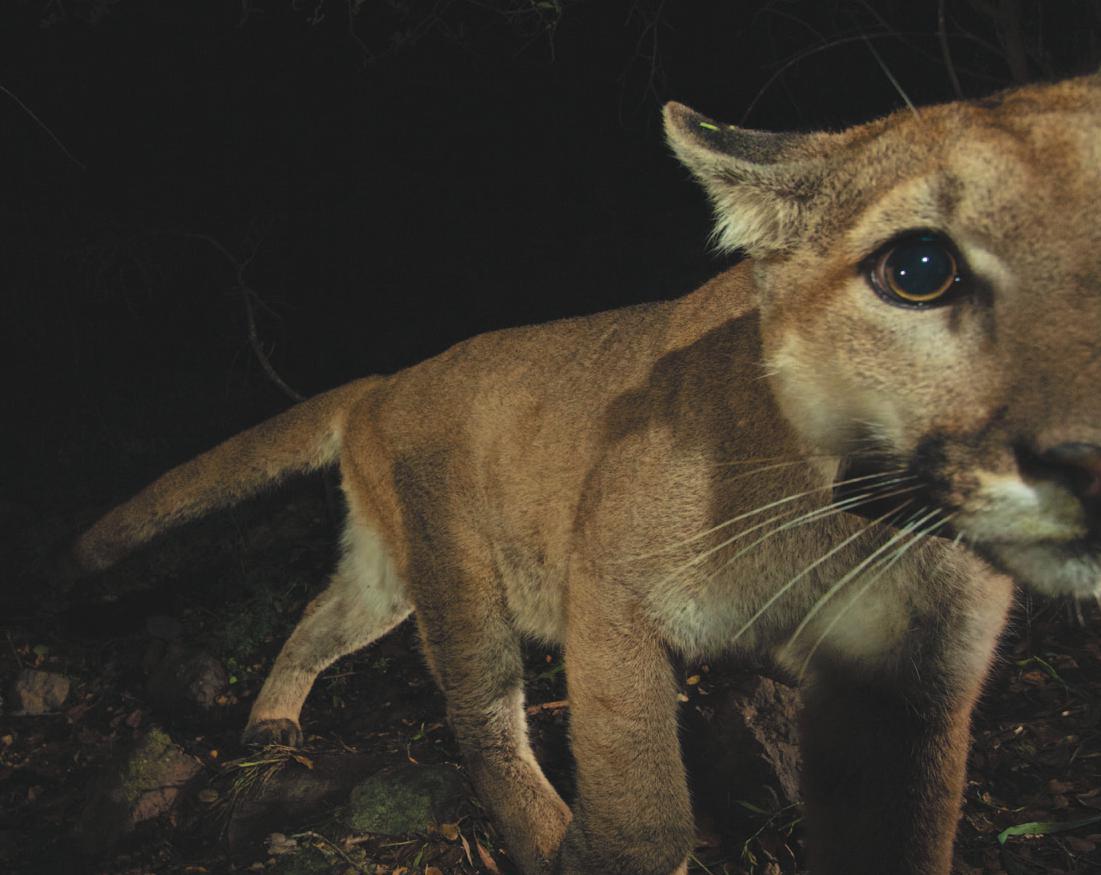
This photo was taken of Mountain Lion P-32 checking out a monitoring camera approximately six months before he was hit by a vehicle. In an effort to reduce the number of fatal accidents to these magnificent but threatened animals, Los Angeles just broke ground in 2022 on the world’s largest wildlife crossing thanks in large part to the support of the Annenberg Foundation.

Above: This mountain lion was struck by a vehicle on Malibu Canyon Road. Mountain lions in the Santa Monica Mountains are essentially trapped on an island, bordered by the Pacific Ocean on one side and hemmed in by major freeways on others. Developed roads like Malibu Canyon Road that criss-cross through the mountains affect the survival rate of wildlife as well. Right: Biologists conducting a necropsy for research purposes on P-32 after he was struck and killed.
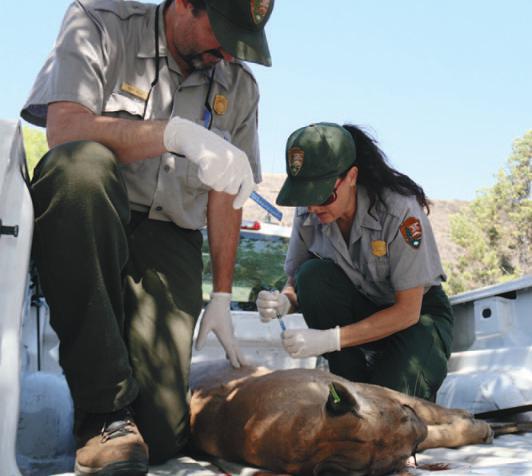
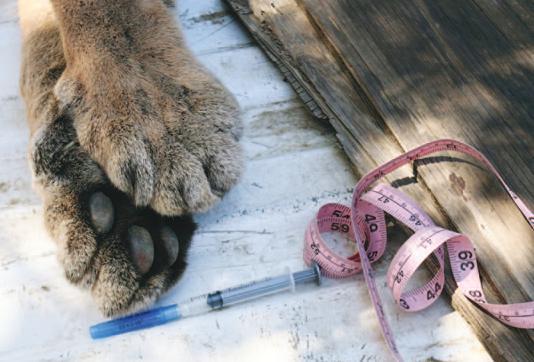
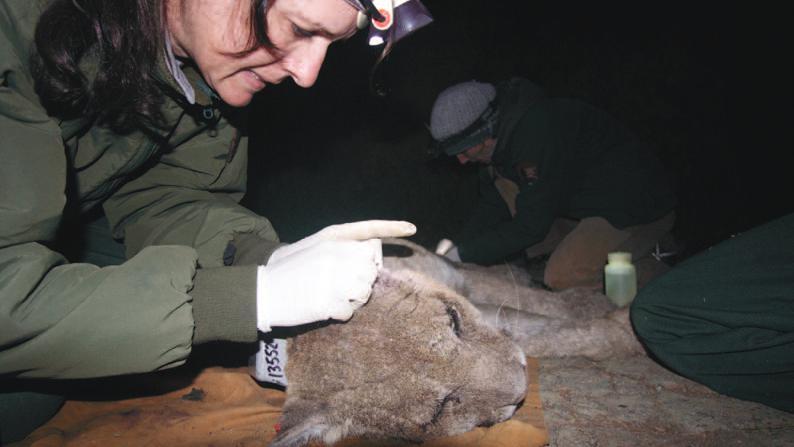

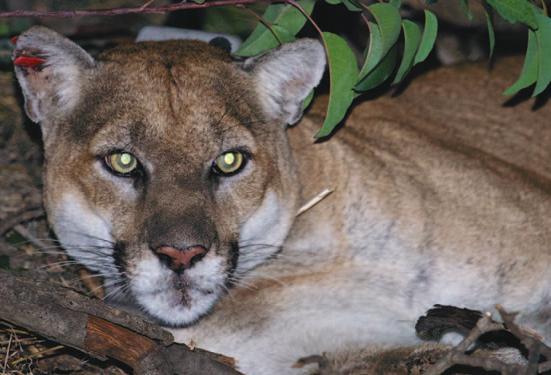
Top: National Park Service biologist Joanne Moriarty takes a skin scraping to test P-22 for mange, a parasitic disease of the hair and skin. Blood tests later showed exposure to anticoagulant rodenticides, commonly known as rat poison. Exposure to the poison damages the animal’s immune system, leaving them vulnerable to parasites and other illness. He was treated and released. Left: P-22 shown while being treated for mange. Right: P-22 shown six months after treatment and being released.

Mountain Lion P-22 may be one of America’s most famous mountain lions. Biologists track these animals in part to be able to intervene when they need medical attention.


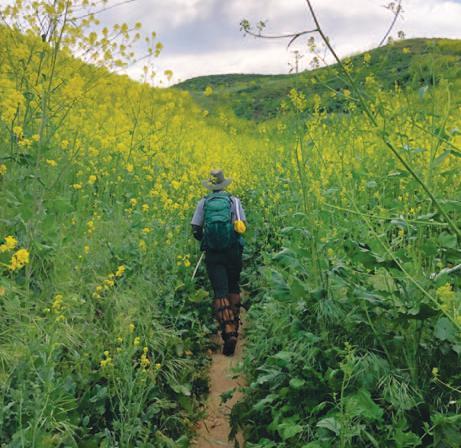
Top: Black mustard blanketing mountains. Bottom left: Carnation spurge is a highly invasive plant that threatens ecosystems in and around the Santa Monica Mountains. The plant is also toxic to humans and wildlife. Bottom right and opposite page: Black mustard grows profusely and produces allelopathic chemicals that prevent germination of native plants. It is an invasive plant that can grow over 6 feet tall, dries up in the summer months, providing dangerous fuel for wildfires.

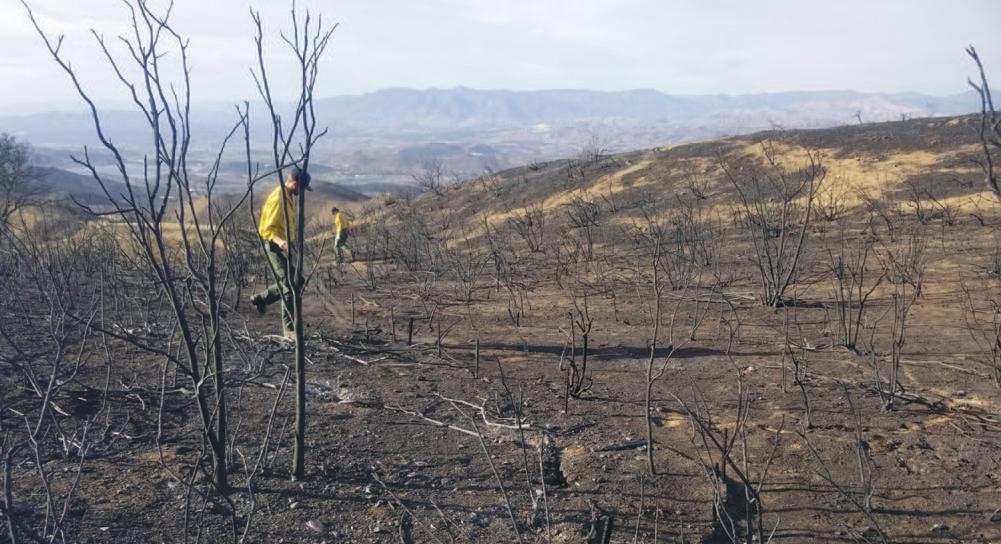

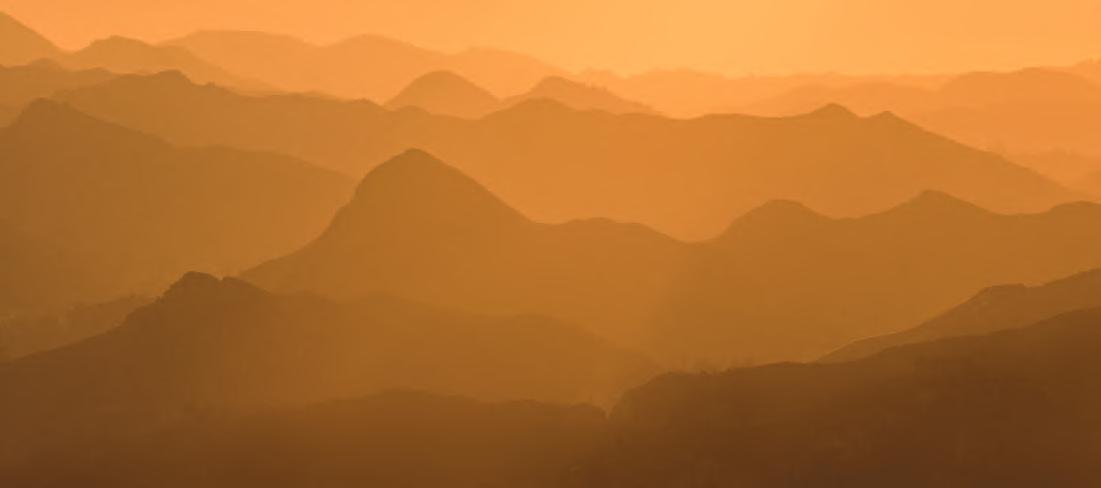
The Woolsey Fire was ignited on November 8, 2018 near the boundary between Los Angeles and Ventura counties and burned more acres in the Santa Monica Mountains Recreational Area than any other fire in recorded history. On December 3, 2018, National Park Service researchers discovered the remains of mountain lion P-64 (below), a male mountain lion who survived the flames of the Woolsey Fire, but died a few weeks afterwards.
